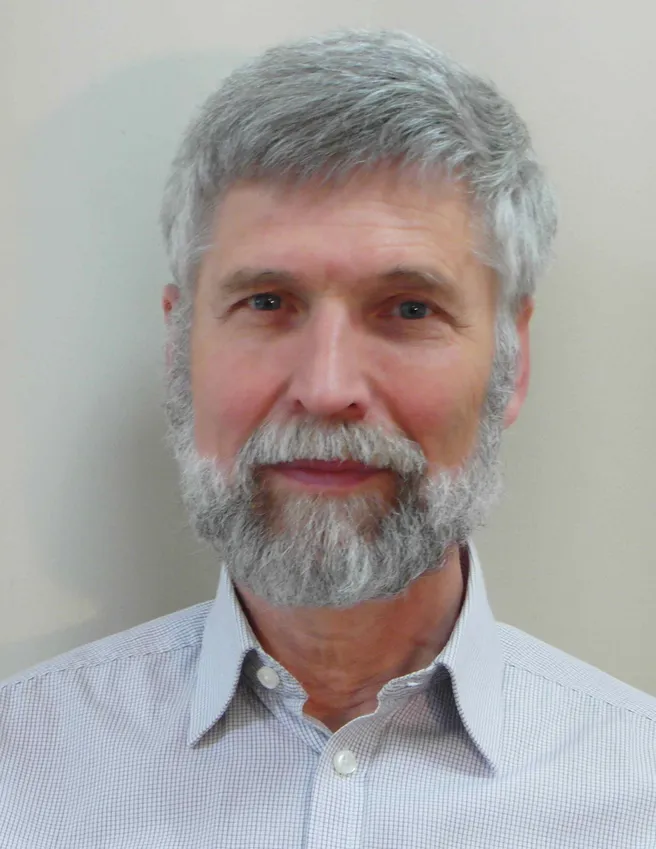Low complexity near-optimum vector quantization
Boris Kudryashov
State University on Information Technologies, Mechanics and Optics, St.-Petersburg, Russia
Abstract:
We present an introductory talk about using multidimensional lattices for vector quantization. Our goal is to show that vector quantization, generally considered as too complex for most applications, can be performed with very low computational complexity. We consider multidimensional lattices based on error correcting codes as codebooks for vector quantization. We start with an intuitive explanation, why such codebooks are efficient and how the corresponding encoder can be implemented. Then we compare quantization performance with the theoretical (Shannon) limits and demonstrate complexity-optimality tradeoff. For source models which are typical for multimedia data coding applications our codes are near 1 dB better compared to best published results.
Biography:
Boris D. Kudryashov was born in Leningrad, U.S.S.R., 1952. He received the Diploma in Electrical Engineering in 1974 and the Ph.D. in technical sciences degree in 1978 both from the Leningrad Institute of Aerospace Instrumentation, and the Doctor of Science degree in 2005 from Institute of Problems of Information Transmission, Moscow.
Since November 2007, he has been Professor at the State University on Information Technologies, Mechanics and Optics, St.-Petersburg, Russia. His research interests include coding theory, information theory and applications to speech, audio and image coding. He has authored a textbook on information theory (in Russian), coauthored textbook on Data communications (in Russian), and has more than 70 papers published in journals and proceedings of international conferences, 20 U.S. patents in image, speech and audio coding.
